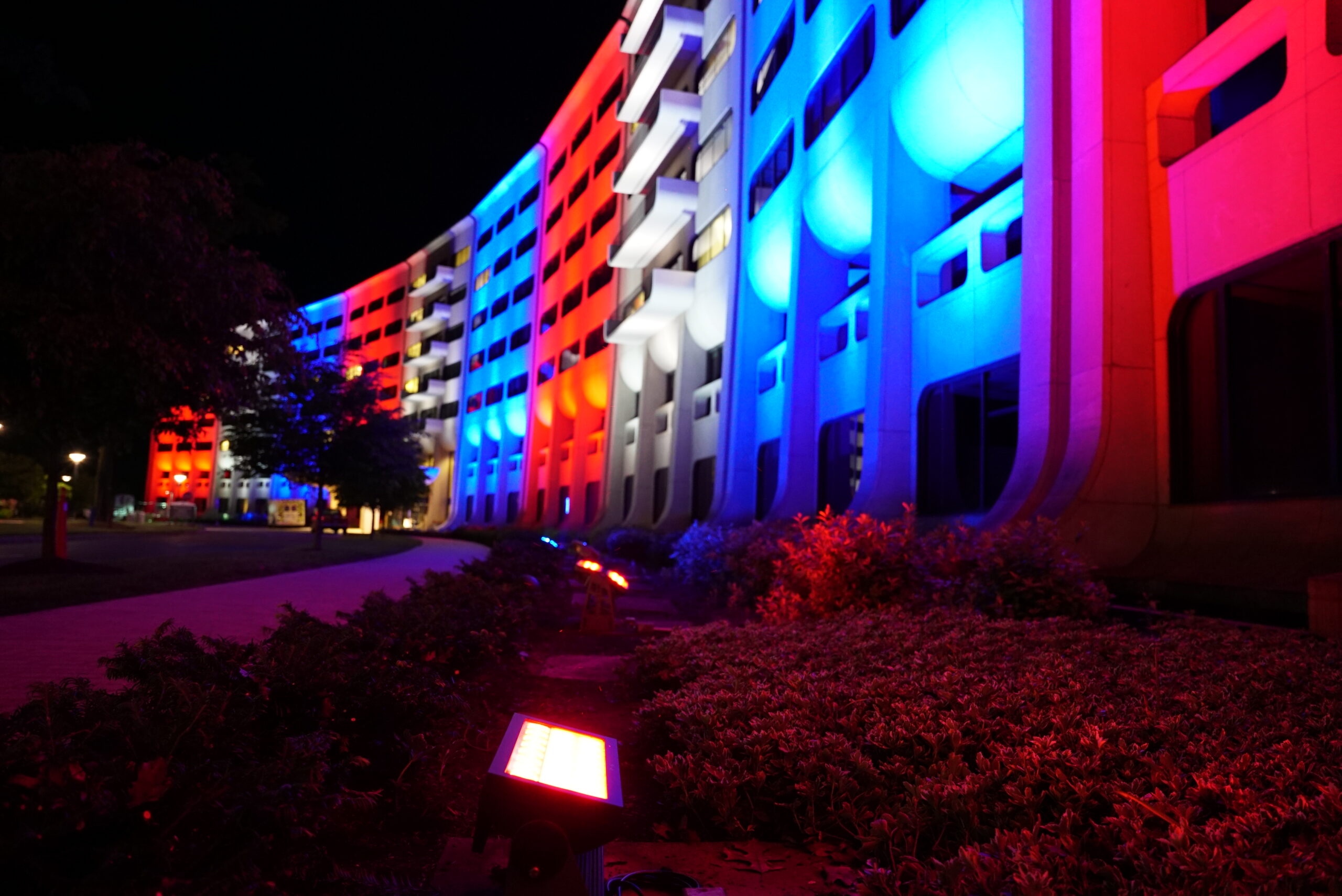
From first-time sound mixers to dedicated audiophiles, we all need to be speaking the same language when trying to bring clear, crisp sounds to live audiences and in studio conditions. So regardless of your background and experience, if you want to make the most of your sound equipment, this sound terms dictionary should be helpful.
Keep in mind that no matter how busy you get, taking the time to improve your knowledge of sound systems and the nomenclature that goes along with them will always have payoffs in playbacks and performances.
Ambient Microphone
Also known as “ambient miking,” this is the practice of placing a microphone — typically a condenser model — in a position that captures the natural sounds of an audience and room overall.
Auxiliary (AUX) Send
The aux-send represents an electronic signal output that comes from a multi-channel mixing console. It’s most commonly used for monitoring, recording and adding effects or enhancements, especially during concerts.
Bus
On a mixer, an output channel that collects all common signals sent to it is a bus or buss.
De-esser (DS)
De-essing is the technique used to remove the unpleasant build-up of sibilant consonants — for example, “s,” “t,” “ch” and “sh” — in a singer’s voice. A de-esser is a controller that compresses the signal when an abundance of sibilance occurs.
Equalizer (EQ)
A device used to control frequency ranges by cutting or boosting certain signal paths.
Fader
An output signal control that enables linear level adjusting.
Feedback
Also referred to as “acoustic feedback,” this is the regeneration of amplified speaker sound being picked up by a microphone and resulting in an unpleasant, sustained howl or shriek.
Frequency Response
The accuracy and range with which sound system components, like speakers, can reproduce a given frequency.
Gain
The maximum sound range or volume that an amplified device or component in a sound system can attain prior to generating acoustic feedback.
Headroom
The range above a nominal or designated signal level prior to the occurrence of distortion. It’s much like a safety or buffer zone that allows sufficient room for audio peaks without resulting in damage to the overall audio signal.
Limiter
To prevent unpleasant acoustical occurrences like feedback or distortion, a limiter is used to control — or limit — audio peaks along a signal’s path.
Nominal
To provide the best sound range with sufficient headroom, the nominal level indicates the intended level at which a piece of electronic audio processing equipment is designed to operate.
Peak
The maximum point in measuring and/or limiting a signal’s level prior to the occurrence of distortion.
PFL (Pre-Fade Listen)
Just as the term implies, pre-fade listen allows monitoring of an audio channel prior to a fader taking effect.
Phantom Power
The power supply provided by a mixer or some other power source to operate (typically condenser-type) microphones.
Trim Control
This refers to the adjustment of an input signal on its way to a sound mixer. If your trim control is set too low, it’s hard to record and usually weak. If it’s set too high, then it’s prone to distortion.
If you have any questions about audio recording equipment, why not contact us today? Our team at Illuminated Integration is dedicated to providing you with crystal-clear audio, video and lighting solutions.